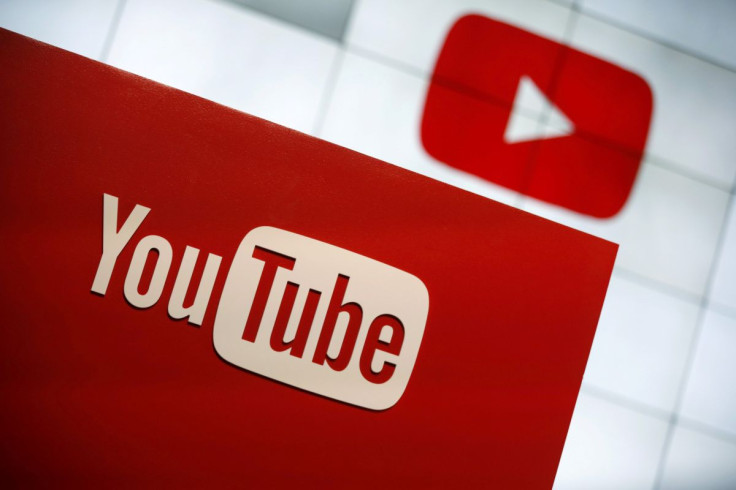YouTube's New Rules On AI-Generated Content: A Step Toward Transparency Or A Band-Aid Solution?
In a bid to tackle the rising tide of synthetic content inundating its platform, YouTube has announced a significant policy change that will require creators to label videos containing artificial intelligence-generated or manipulated content. The move, slated to roll out in the coming weeks, marks a watershed moment in the platform's battle against deceptive media amid mounting concerns about the proliferation of AI-generated content.

Under the new guidelines, creators uploading videos with realistic-looking content altered or generated by AI tools must disclose this information to viewers. This disclosure is intended to enhance transparency and help users distinguish between genuine and synthetic content, particularly as AI-powered tools make it increasingly challenging to discern between reality and fabrication.
The impetus behind this initiative stems from a broader effort by YouTube to combat the spread of misinformation and prevent users from being misled by synthetic media. With the looming specter of elections in the United States and elsewhere in 2024, concerns about the potential for AI-generated content to influence public opinion and undermine the integrity of democratic processes have taken center stage. The platform's decision to implement stricter regulations on AI-generated content reflects a recognition of the urgent need to safeguard the integrity of online discourse and protect users from deceptive practices.
However, while YouTube's move towards greater transparency is commendable, questions linger about the efficacy and enforceability of these new rules. Critics argue that the labeling requirements may not go far enough in addressing the root causes of misinformation and synthetic content proliferation. While the disclosure of AI-generated content is a step in the right direction, it fails to address deeper issues such as the monetization and promotion of misleading content on the platform.
Moreover, the criteria for determining which content requires labeling remain somewhat ambiguous, leaving room for interpretation and potential loopholes. YouTube's distinction between "realistic" and "clearly unrealistic" content raises questions about the threshold for disclosure and the platform's ability to consistently enforce these guidelines. The subjective nature of these criteria could lead to inconsistencies in labeling practices and undermine the effectiveness of the new policy.
Furthermore, the burden of compliance falls squarely on creators, who may struggle to navigate the complexities of identifying and labeling AI-generated content accurately. The potential consequences for non-compliance, including content removal or suspension from YouTube's Partner Program, could have far-reaching implications for creators, particularly smaller channels reliant on monetization.
While YouTube's efforts to combat synthetic content are laudable, they must be accompanied by robust enforcement mechanisms and ongoing vigilance to address emerging challenges. As AI technology continues to evolve and adversaries seek new ways to exploit online platforms for nefarious purposes, a comprehensive approach that combines technological solutions with regulatory oversight and user education is essential.
© Copyright IBTimes 2024. All rights reserved.












